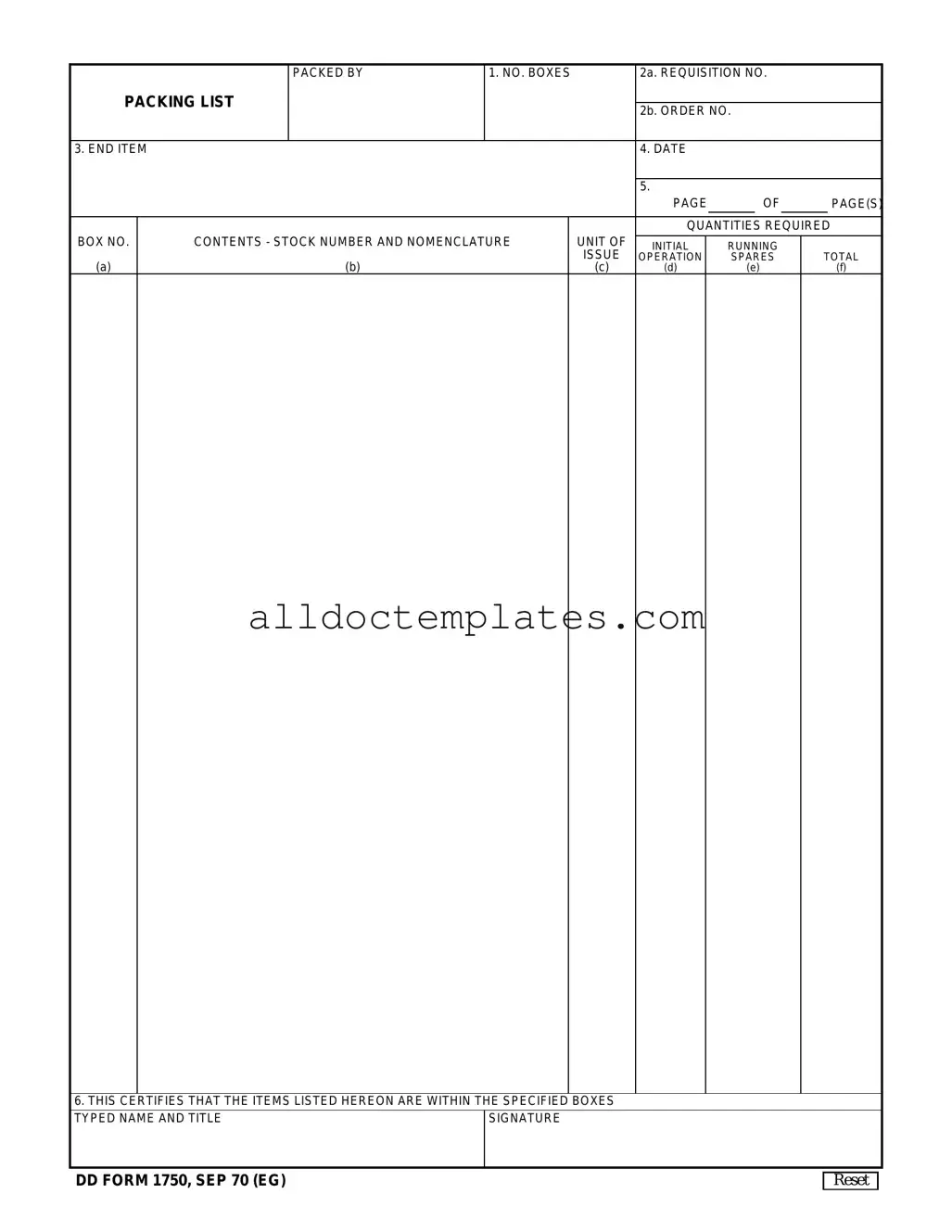Fill in a Valid Dd 1750 Form
The DD Form 1750 is a packing list used primarily by the U.S. military to document the contents of shipments. This form ensures that all items are accounted for and provides essential details about each piece of equipment being transported. Understanding the DD Form 1750 is crucial for maintaining accurate records and facilitating smooth logistics operations.
Get Your Form Now


